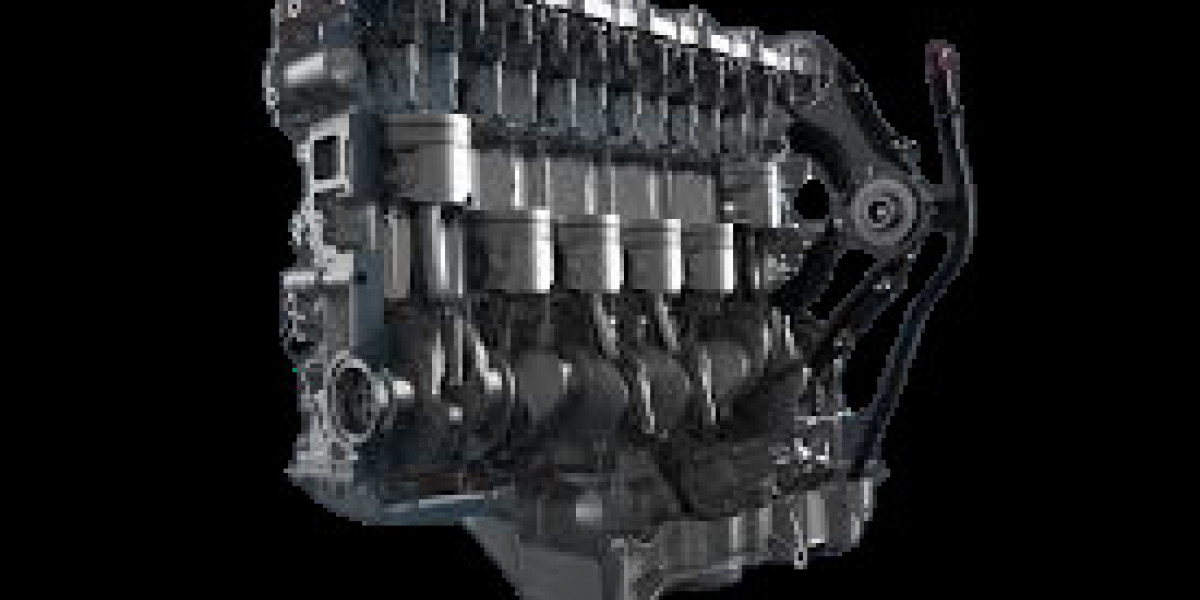Few engines have achieved legendary status like the Toyota 2JZ. Among car enthusiasts, especially those passionate about Japanese Domestic Market (JDM) performance, the 2JZ is not just an engine — it’s an icon. With its bulletproof construction, massive tuning potential, and proven reliability, the 2JZ has rightfully earned its crown as the King of JDM engines.
A Legend Born in the 1990s
The 2JZ engine was introduced by Toyota in the early 1990s as part of the JZ family. It came in several variants, but the most famous is the 2JZ-GTE, a 3.0-liter inline-six twin-turbo engine that powered the fourth-generation Toyota Supra (A80). This engine was designed during an era when Toyota prioritized overengineering and performance — and the results were extraordinary.
From the start, the 2JZ was built with strength and longevity in mind. Its cast-iron block provided unmatched durability compared to the aluminum blocks found in many modern engines. This solid foundation allowed it to handle enormous boost pressures, making it a tuner’s dream platform.
Unmatched Tuning Potential
One of the main reasons the 2JZ is still revered today is its insane tuning capability. While the stock engine produces around 280–320 horsepower, tuners around the world have extracted 1,000 horsepower or more from it with relative ease. Thanks to its forged steel crankshaft, robust connecting rods, and high-flow cylinder head, the 2JZ can handle extreme modifications without sacrificing reliability.
Unlike many performance engines that require extensive internal upgrades for high-power builds, the 2JZ’s factory internals can safely handle 600–800 horsepower with only bolt-on modifications and proper tuning. This incredible versatility makes it the ultimate platform for drag racing, drifting, and street performance.
Engineering Excellence
Beyond its strength, the 2JZ’s engineering precision is what truly sets it apart. The engine’s sequential twin-turbo system provided smooth, lag-free acceleration — one turbo operated at low RPMs for instant response, while the second kicked in at higher speeds for maximum power. This design gave the Supra its reputation for seamless, explosive performance.
Its DOHC 24-valve configuration ensured efficient airflow, while the closed-deck design and forged internals contributed to long-term durability. Toyota engineered the 2JZ not just for power but for reliability under extreme conditions — something that few performance engines can claim even decades later.
Reliability That Stands the Test of Time
Ask any tuner or mechanic, and they’ll tell you the same: the 2JZ is nearly indestructible. Whether stock or heavily modified, it’s known for surviving years of abuse on the street or track with minimal issues. Many 2JZ engines have clocked over 300,000 kilometers while still delivering top-tier performance.
This reliability comes from Toyota’s dedication to overbuilding their components during the 1990s — an era often referred to as the “golden age” of Japanese engineering. It’s this combination of performance and dependability that makes the 2JZ the go-to engine for high-power builds worldwide.








